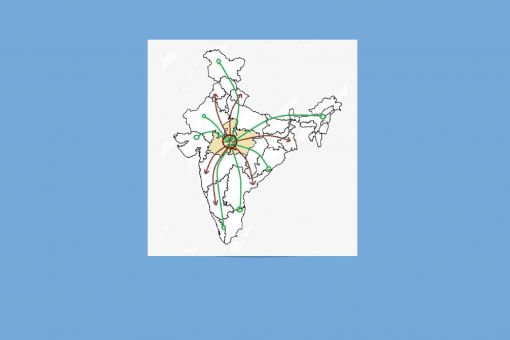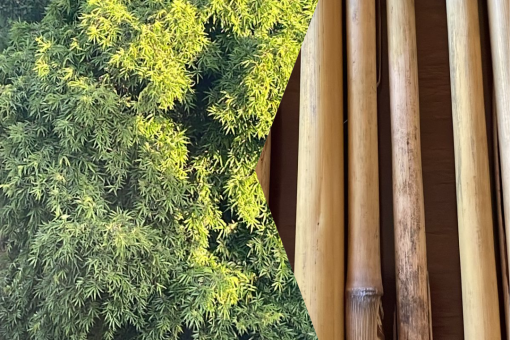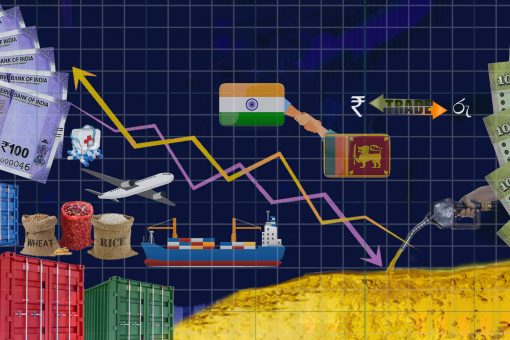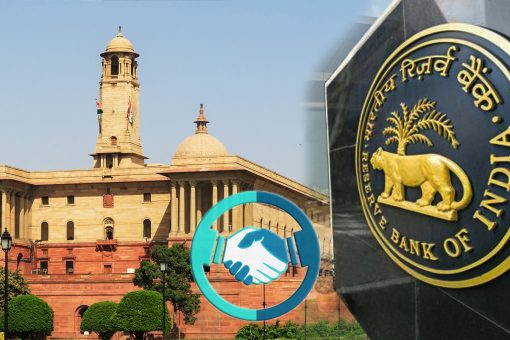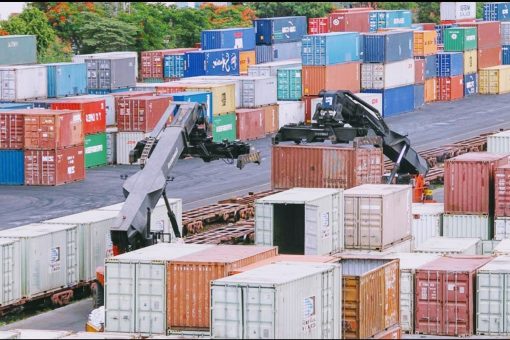
Gold Management Reform
Gold Management Reform: A Strategic Approach for India
The Government of India and the Reserve Bank of India (RBI) should establish a strategic arrangement to handle seized gold more efficiently.
Currently, gold seized during smuggling, raids, or other investigations becomes the absolute property of the government. Instead of letting it remain idle, this gold could be converted into bars and sold in the market to help redeem gold bonds, thereby unlocking its value.
In line with this, the government should make a firm decision, via the Cabinet, to stop issuing any new gold bonds permanently, distancing itself from such financial instruments for the future.
Gold Price Standardization and Market Integration
India’s approach to gold management should include a mechanism to announce gold prices up to ten times a day, reflecting both domestic inputs and global market conversions. This would align with international trends, where many nations are once again using gold as a foundational standard. The Financial Benchmarks India Limited (FBIL) could oversee this process by using an open and cryptic formula that would serve as a reference rate—not a traded rate—helping maintain transparency.
Such price announcements should also be reviewed by the Competition Commission of India, the Government of India, and the RBI to ensure market ethics are maintained.
Learning from History: Gold as an Economic Asset
Gold has been a key asset for over 5,000 years, and despite the development of democratic institutions, it remains a unique commodity in India. Many Indians privately own gold, and gold loans have become widely marketed by banks for refinancing. With a significant demand for gold across various sectors, including:
– A. Investment
– B. Industrial, commercial, or other uses
– C. Input for export-related businesses,
it’s crucial that citizens have access to gold through regulated, institutional channels. To facilitate this, the government could apply the same standards used for authorized foreign currency dealers to the bullion market. This could be managed by creating an All-India Bullion Dealers Association under the framework of commercial banks, rather than leaving it to the jewelers’ associations.
Sovereign Gold Bonds and Government Policy
Gold bonds were originally a source of revenue for the government through taxes and duties. However, losses from such schemes need to be permanently addressed. The government should negotiate a swap arrangement with the RBI, allowing the central bank to redeem the bonds on the government’s behalf. This can be done by issuing Treasury Bills in short durations (46 days, 181 days, and 364 days) at the prevailing repo rate, with the RBI assuming responsibility for any profit or loss due to gold price fluctuations.
The RBI has proven its capability by managing India’s official reserves effectively, even earning surpluses. A clear distinction must be made between the roles of the RBI, an entity created by Parliament, and the Government of India, which represents the State. By doing so, the public will better understand that all assets are held on behalf of the President of India, not just symbolically, but legally in every agreement.
Securing Gold Reserves and Custody
Gold held by the government must be protected securely. By enhancing the symbolism of the President’s role as the custodian of the nation’s wealth, gold reserves should be guarded by the President’s bodyguards and secured by multiple layers of protection, including Customs officers, the Central Industrial Security Force (CISF), and police.
The government should establish a formal mechanism where five wholly-owned and three partially-owned entities monitor the movement of physical gold. These entities will act as Authorized Custodial Dealers of Gold. Furthermore, Bharat Gold Mines Ltd should take on a new role as the custodian of precious metals on behalf of Indian citizens, managing both trade and personal accounts.
Gold as Part of India’s Currency Reserves
The government and the RBI should recognize gold as an integral part of India’s foreign currency reserves. Weekly announcements by the RBI will provide transparency, showing the amount of gold held officially. In addition, India’s thriving bullion industry must have access to legitimate channels, as the lack of availability often fuels smuggling and parallel markets.
Gold Policy and Authorized Dealers
To maintain order in the gold market, all commercial banks authorized to deal in gold should have designated branches with Customs Protected Safe Rooms to store gold for their clients. These banks should also be permitted to act as agents for global mining companies, ensuring sovereign protection and easy convertibility between gold and Indian rupees.
The International Monetary Fund (IMF) should also be offered a secure facility to hold gold in India, symbolizing the high level of protection afforded to bullion, akin to the safeguards given to the Head of State.
Innovative Approaches to Gold Selling
For effective gold bond redemption, the RBI could establish a system where gold is handled directly through selected banks. For instance, if Indian Bank is chosen, a tripartite agreement between the government, RBI, and Indian Bank would facilitate the process. The RBI would deliver the physical gold to a customs-bonded warehouse in Chennai, exempt from duties and taxes. Pricing would be set in Indian rupees based on agreed Indian parameters rather than international rates.
National Gold Policy and Precious Metals Security
The Cabinet should create a National Gold Policy, evolving into a National Precious Metals Policy, to ensure that all precious metals are held securely in state-owned banks. Gold, silver, and other precious metals should be safeguarded in visible and transparent ways, with protection provided by the President’s bodyguard and the CISF.
To make the gold policy effective, recycling efforts must be institutionalized, involving both state-owned commercial banks and other government corporations like Kolar Gold Fields Ltd. This would help establish a sustainable system for recycling gold and other precious metals.
Strategic Use of Gold Reserves
India’s gold reserves, particularly those managed by the RBI, should be used strategically. Instead of relying on international market prices, the government can introduce a special arrangement where the RBI holds bonds at 0% interest, similar to Japan’s low-interest-rate policy. This would minimize government interest payments and utilize reserves effectively when needed, ensuring that the nation’s wealth is put to optimal use.
Conclusion: A Symbol of National Prosperity and Order
The Government of India, in collaboration with the RBI, must take immediate steps to secure and utilize the nation’s gold reserves in a transparent and orderly manner. Through reducing duties, preventing smuggling, and maintaining visible control over gold assets, India can create a stable and prosperous future. As a symbol of national wealth, the management of gold will reflect India’s commitment to both its citizens and the global economy.
